
A decade ago, Rolling Stone Magazine conducted a poll to “determine” the best David Bowie song. HEROES was selected as the #1 Bowie song. HEROES was not a huge hit when it first came out failing to chart. I also was surprised for I have been a big fan for years and this song, although good, was not in my top 10.
But over the years, it just keeps getting better. Some songs hold up and improve. Others sound quaint and should go away. HEROES just keeps getting better.
Some versions that I like:
- The official video from the orginal album.
- A slower, casual, more bluesy sound – maybe my favorite.
- Live Aid – introduces the band and an epic performance in front of 100,000.
- A classic version – live.
It has also been covered a few times:
- Motorhead did a gritty version and it takes on a different meaning – rocking hard.
- Peter Gabriel did an orchestral version – serene and eerie.
- Depeche Mode did a cover that is closer to Bowie’s but is still unique to them.
- The Wallflowers version.
- U2 version in a tribute to Bowie. As only U2 can sound. Bono’s vocals and The Edge’s iconic guitar.
It has also been in numerous movies. But two versions stand out to me.
- Perks of Being a Wallflower – this movie came out in 2012 and the RS poll was done a year later. I tend to think this might have brought new fans to the song. American teenagers.
- “Helden” – the German version from the movie Downfall. This is suspenseful. I like how the song is embedded into the story.
Sure there are bad versions of it too (Moulin Rogue) but I am not going to link to it.
A great song that builds over time. A Classic that deserves the adjective and should be capitalized. A moment that will be interpreted for decades by new people.
Bowie lives forever!




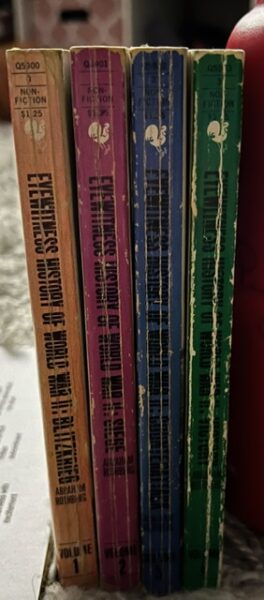
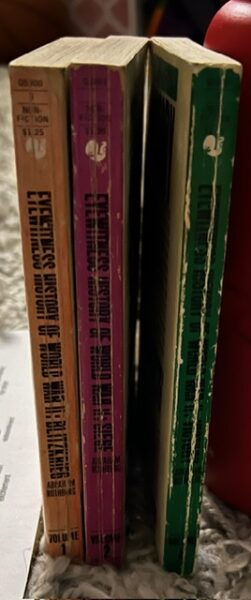
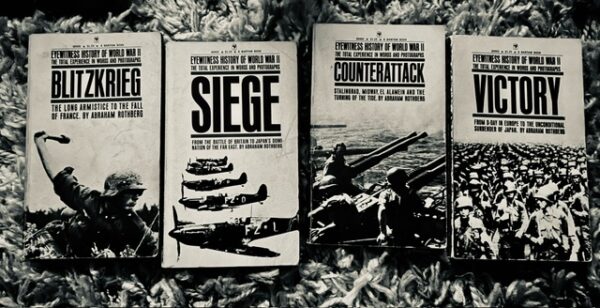
 Colleen Hoover (CoHo) is the best-selling author in America this year. Prior to 2020, she was a best-seller, but after Tik-Tok “discovered” her, she has been on an enormous roll. Not only have her books risen to the top, she is capturing an elusive target market – teenage girls. This graph shows how much her sales have exploded over the past two years. There is a slight uptick in 2020, a more pronounced increase in 2021, and an explosion is 2022 (and this number only represents the first seven months of 2022).
Colleen Hoover (CoHo) is the best-selling author in America this year. Prior to 2020, she was a best-seller, but after Tik-Tok “discovered” her, she has been on an enormous roll. Not only have her books risen to the top, she is capturing an elusive target market – teenage girls. This graph shows how much her sales have exploded over the past two years. There is a slight uptick in 2020, a more pronounced increase in 2021, and an explosion is 2022 (and this number only represents the first seven months of 2022).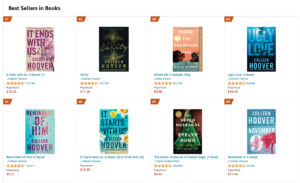
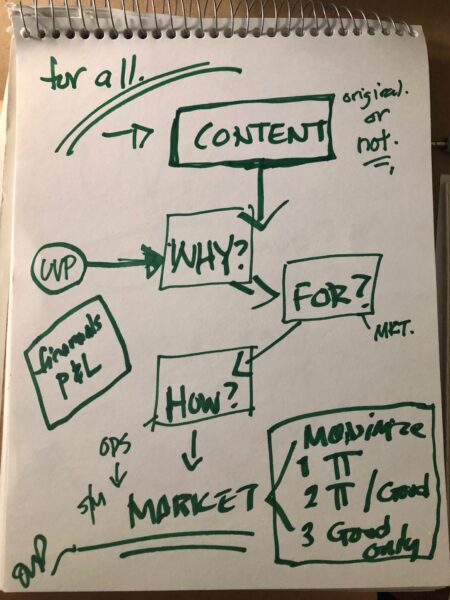
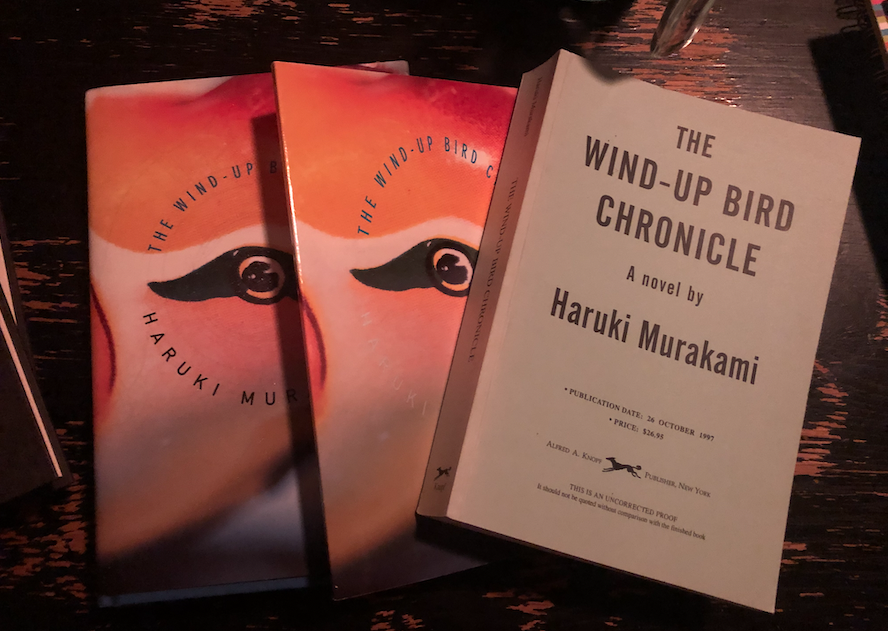

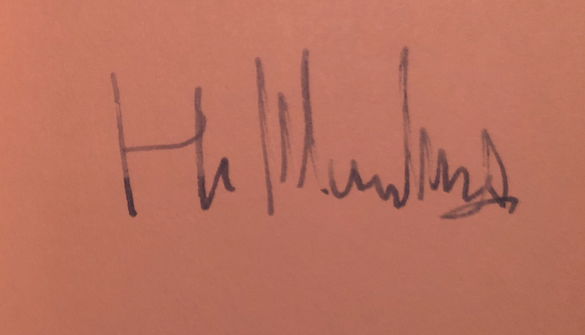
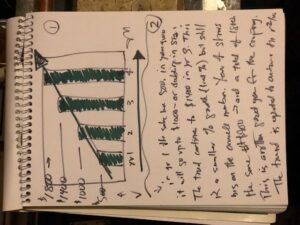
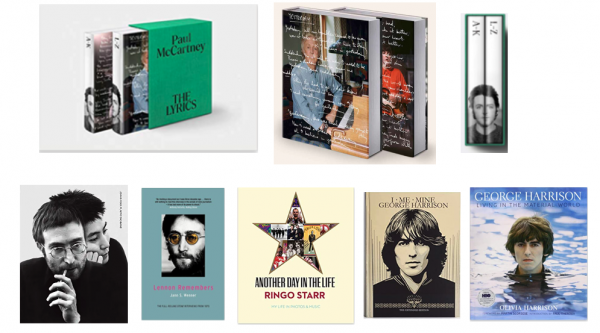 It was just announced that Paul McCartney has an enormous book publishing that covers all his songs and the meanings behind them. the book will come out in Fall 2021 and is titled THE LYRICS: 1956 to the Present. It is two-volumes, 960 pages and costs $100. This will be one of the biggest gift books of the year.
It was just announced that Paul McCartney has an enormous book publishing that covers all his songs and the meanings behind them. the book will come out in Fall 2021 and is titled THE LYRICS: 1956 to the Present. It is two-volumes, 960 pages and costs $100. This will be one of the biggest gift books of the year.

 Another group is the “big books” that cover a tour or the recording sessions. The book GET BACK is coming this Fall too and is a tie in to a Peter Jackson doc on the classic album (aren’t all their albums classic though?
Another group is the “big books” that cover a tour or the recording sessions. The book GET BACK is coming this Fall too and is a tie in to a Peter Jackson doc on the classic album (aren’t all their albums classic though?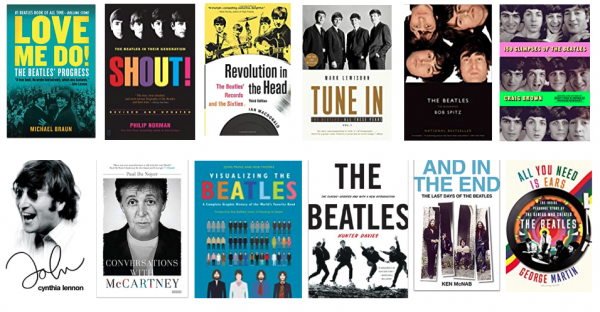
 Every January, a list of books becomes public domain. Generally is a bunch of little known titles that have lost commercial value. But, occasionally a huge seller expires and is open for anyone to publish. In January 2021, a major work of American fiction, F. Scott Fitzgerald’s THE GREAT GATSBY became public domain. The book had been under copyright to Scribner, an imprint of Simon & Schuster. Over the decades, they have sold millions of copies. Now they will most likely to continue to sell thousands a week, but there are numerous other editions.
Every January, a list of books becomes public domain. Generally is a bunch of little known titles that have lost commercial value. But, occasionally a huge seller expires and is open for anyone to publish. In January 2021, a major work of American fiction, F. Scott Fitzgerald’s THE GREAT GATSBY became public domain. The book had been under copyright to Scribner, an imprint of Simon & Schuster. Over the decades, they have sold millions of copies. Now they will most likely to continue to sell thousands a week, but there are numerous other editions.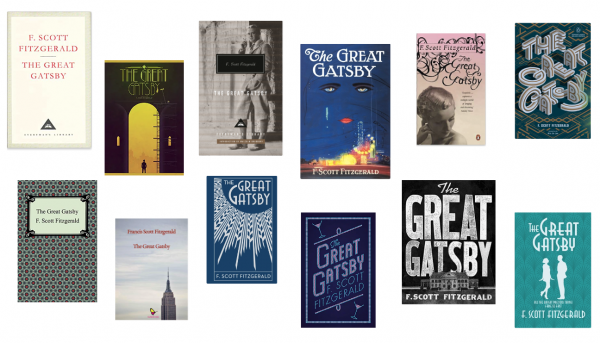
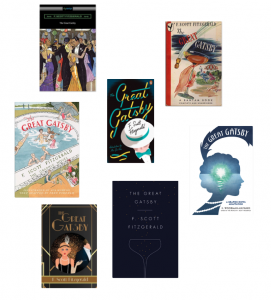
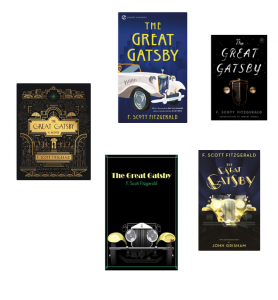
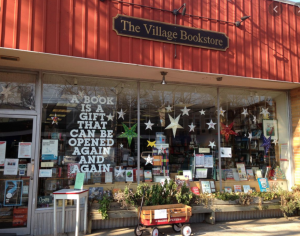 Independent bookstores thriving and farmer’s markets thriving. In the past decade,
Independent bookstores thriving and farmer’s markets thriving. In the past decade, 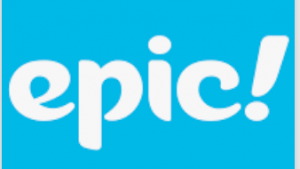
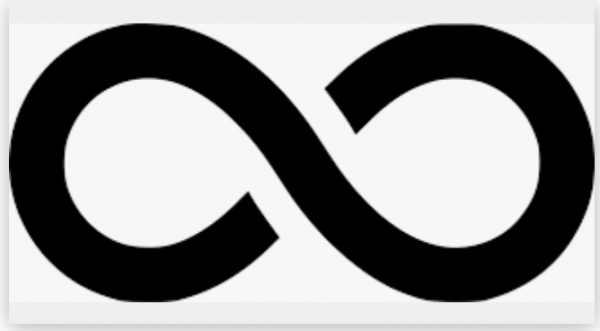 Lots changing. This just scratches the surface as every sales channel will be different in the Post-Covid Era. I hope we get there soon, for we are in what seems to be an infinite loop. We are in the “Covid DMV Waiting Room” and just hoping to get through this as fast and safe as possible.
Lots changing. This just scratches the surface as every sales channel will be different in the Post-Covid Era. I hope we get there soon, for we are in what seems to be an infinite loop. We are in the “Covid DMV Waiting Room” and just hoping to get through this as fast and safe as possible.